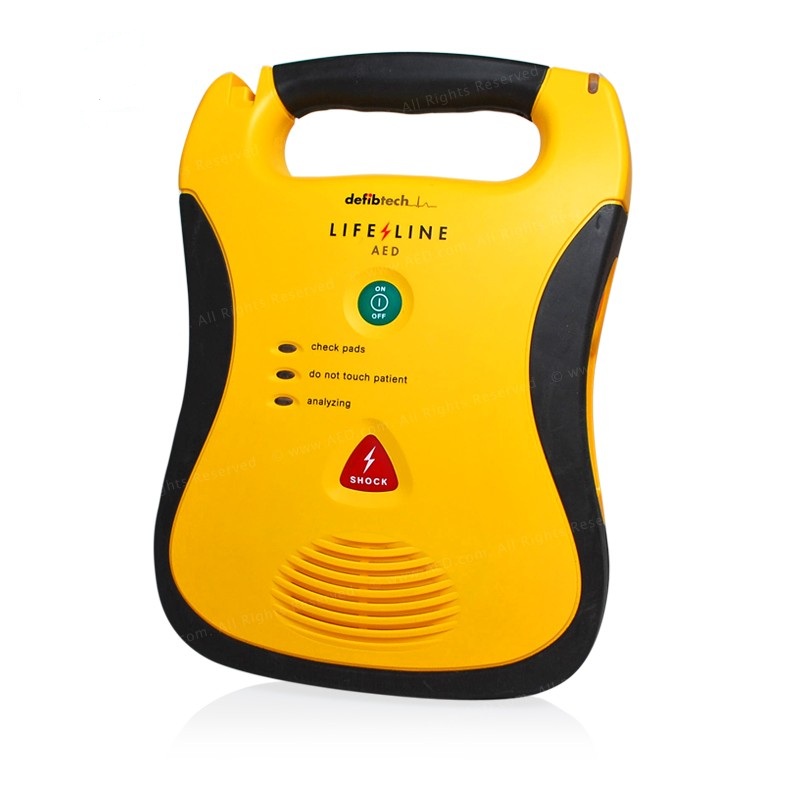
02
Mar
One of the every four deaths in the advanced world takes place because of cardiac arrest. Eighty-five percent of deaths from sudden cardiac arrest occur due to ventricular fibrillation. Without synchronization of heart muscles, blood flow through the body is interrupted leading to starving oxygen from organs. The victim will almost certainly die within 10 minutes unless aid is provided. A defibrillator applies a dose of electrical energy to the heart muscles which depolarizes a critical mass of the heart muscle, terminates the arrhythmia, and allows normal heart rhythm to be re-established. It is essential that the defibrillator be located close to the victim and be easily operated to provide the life-saving response within 10 minutes.
Automated external defibrillators (AED) are now widely deployed in places such as corporate and government offices, shopping centers, airplanes, airports, restaurants, hotels, sports stadiums, schools and universities with a high density of aging populations. The automated external defibrillator is designed to provide simple voice commands to prompt the administration of the live-saving electrical jolt to the victim. According to USA Today, about 450,000 people die each year in the U.S. from sudden cardiac arrest. Among these victims, the American Medical Association (AMA) estimates that more than 100,000 lives can be saved by the availability of modern AEDs enabled by IGBTs. Many companies have made IGBT particularly customized for the implantable defibrillator market.





